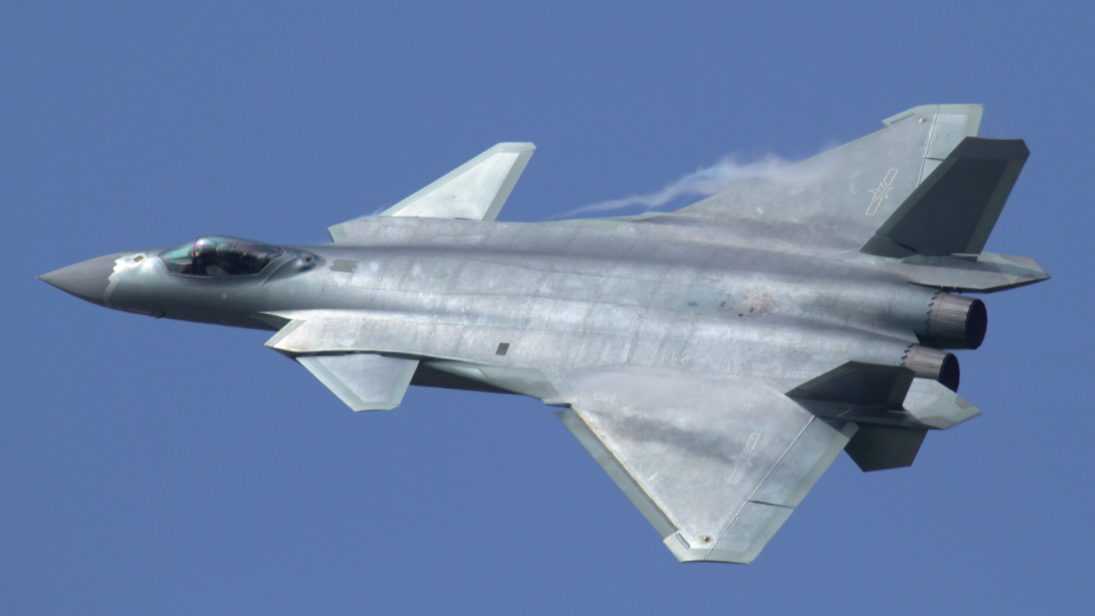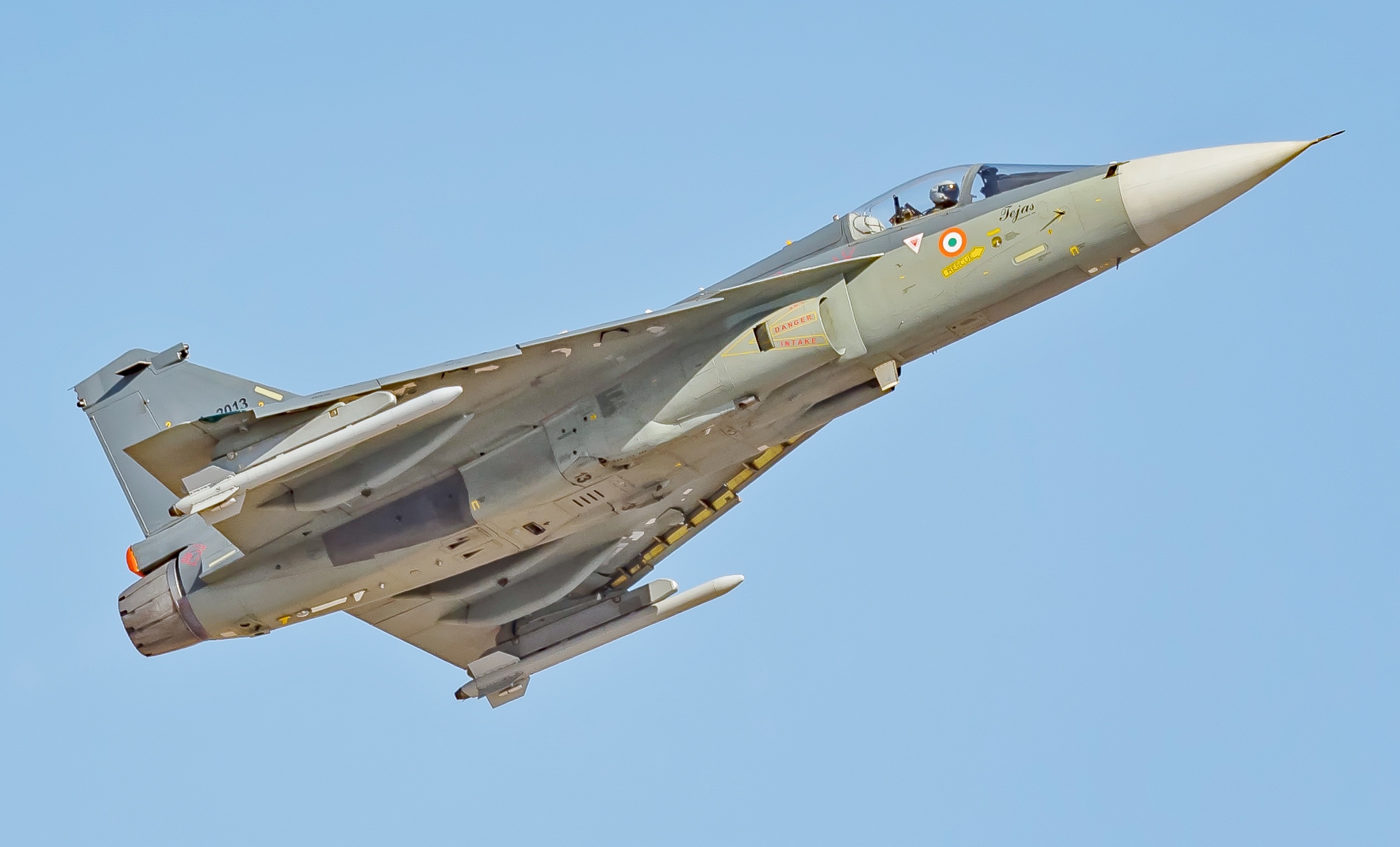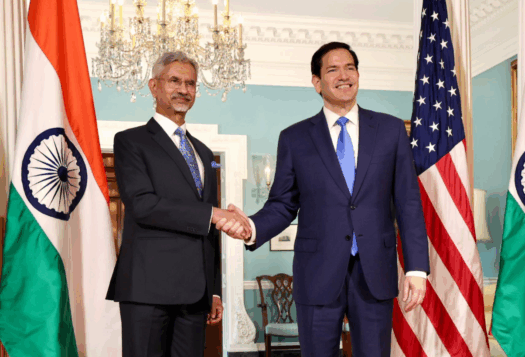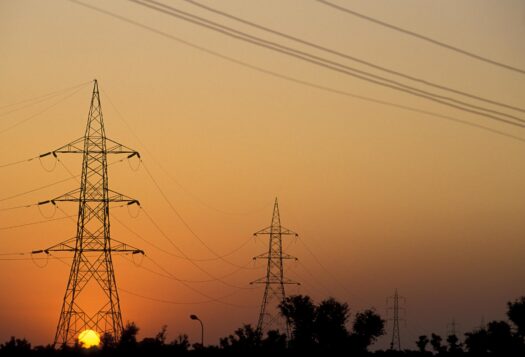
Two years ago, in the aftermath of the Doklam standoff between India and China, Pushan Das assessed the growing superiority of the People’s Liberation Army Air Force vis a vis the Indian Air Force and how that may impact India in the event of a future crisis. In the backdrop of ongoing tensions along the Line of Actual Control, below is a timely update to his 2018 piece.
***
Historically, the People’s Liberation Army Air Force (PLAAF), with its focus on territorial defense, posed little threat to China’s neighbors. However, the past two decades have seen China not only rapidly modernize its airpower capabilities but also overhaul its operating concepts and undertake significant organizational reforms, which have laid bare the widening capability gap between the PLAAF and the Indian Air Force (IAF).
Amid rising Sino-Indian tensions, as currently playing out along the Line of Actual Control, it is important to consider the range of threats the PLAAF poses to India in a conflict scenario, particularly given China’s recently-acquired readiness for combat operations and improved combined arms capability.
Transformation of the PLAAF
The J-20’s radar-evading properties could give China the capability to carry out low-observable strikes inside Indian airspace in the opening phase of a conflict when inducted in significant numbers.
Though the PLAAF’s role in the past primarily focused on air defense and supporting ground forces, over time, it has become a strategic force capable of power projection, as reflected in its growing capability. Before it began modernizing, the PLAAF’s use was contemplated in a significant manner on only three occasions: during the Korean War in 1952, the Taiwan Strait crisis in 1958, and the invasion of Vietnam in 1979. All three occasions reinforced the limited capability of the PLAAF even vis-à-vis China’s immediate neighbors and it continued to doctrinally focus on territorial defense and supporting the Peoples Liberation Army. Post the 1991 Gulf War, the PLAAF and the Chinese political leadership drew a number of doctrinal and technological lessons from the Western use of airpower during Desert Storm. These lessons and the possibility of a conflict over Taiwan drove China towards upgrading its airpower capabilities, through a combination of acquisition and licensing production domestically.
In 1996, China acquired 24 fourth-generation fighters in the form of the Russian Su-27. It now boasts over 700, including the Shenyang J-11B (a domestic variant of the Su-27), the single-seat Chengdu J-10, a small number of the Su-35, the two-seater Shenyang J-16, and the Su-30 MKK, among others.
The PLAAF has also made significant progress in being able to equip its combat aircraft with sophisticated missiles that negate some of the advantages of neighboring countries and peer competitors. Once dependent on obsolete air-to-air missiles (AAMs) or on buying and license producing them, China has now domestically produced a variety of missiles. Of significant concern are the PL series of AAMs like the PL-10, PL-12, and the PL-15 (in order of increasing range). The extended range radar-guided PL-15 gives the PLAAF the ability to potentially engage targets at around 200 kilometres (about 125 miles), while reports indicate the development of an even longer range hypersonic AAM, the PL-21 , which could have the ability to engage targets out to over 300 kilometres (about 185 miles). Such a Beyond Visual Range capability would allow China to impose operational constraints on the IAF and hold at risk its combat aircraft and enablers such as air-to-air refuelers and Airborne Early Warning and Control Systems.
The induction of China’s first fifth-generation fighter J-20A low observable aircraft and the reported development of the tactically-focused JH-XX are a cause for concern for the IAF. As this author has argued previously, the J-20’s radar-evading properties could give China the capability to carry out low-observable strikes inside Indian airspace in the opening phase of a conflict when inducted in significant numbers.
China’s ability to attack critical Indian military targets while evading the latter’s defensive firing would also be worrisome for New Delhi. Many analysts continue to believe that the PLAAF has significant geographic disadvantages in its Western Theater in Tibet vis-à-vis the IAF as the rarefied air limits Chinese weapons payload and fuel capacities. Theoretically, this limitation does not affect IAF aircraft operating from airbases at lower altitudes. However, as Air Vice Marshal (retd) Arjun Submramaniam has argued, the ability of the Chinese-built H-6K strategic bomber (a Soviet bomber fitted with avionics and new Russian engines) to carry six DH-10 cruise missiles—each with a range of around 1,500 kilometres (around 930 miles) and a combat radius of 1,800 kilometres (around 1,120 miles)—means that “Chinese stealth fighters and bombers do not need to become airborne from airfields in Tibet and can launch their cruise missiles on critical Indian military targets from well outside any kind of air defense umbrella the IAF can put in place over the next decade.”

Holding the Line
While the PLAAF has made a significant air combat capability jump with the induction of technologically up-to-date platforms in combination with information-focused doctrines, significant gaps remain. China, like India, continues to have very limited air refueling capability with an estimated combination of eighteen tankers, including some Russian origin Il-78 and possibly some converted H-6 bombers. The PLAAF continues to lack any significant combat experience, though it has made efforts to participate in international exercises to make up for it. The PLAAF component along the border with India or the Western Theater Command (one of five new theater commands that focuses on joint operations) continues to be quantitatively inferior, which may prove to be a limitation in combination with its handicap of operating from higher altitudes.
India may need to consider a broader range of short-term alternatives to counter PLAAF capabilities as China continues its strategy of relying on coercion to achieve its territorial and strategic objectives.
India seems intent on bolstering its numbers of combat aircraft based on the IAF’s assessed requirement of 42 squadrons. This assessment is based on the Defense Minister’s Directive (or the Raksha Mantri’s Operational Directive), which calls for the three services including the IAF to prepare for a possible two-front war with China and Pakistan. However, it is unlikely that the pursuit of such a force structure would sufficiently bridge the gap between India and China’s air capabilities. India may need to consider a broader range of short-term alternatives to counter PLAAF capabilities as China continues its strategy of relying on coercion to achieve its territorial and strategic objectives.
One option is to acquire an additional mix of up-to-date Su-30 MKI and a second batch of Rafales while accelerating the development of the indigenous Tejas MK1A with requisite enablers like air-to-air refuelers and Airborne Early Warning and Control Systems. These, in combination with the acquisition of the Russian S-400 Triumf air defense missile systems, could potentially provide India a potent integrated air defense system to counter Chinese air combat capabilities in the eventuality of a conflict.
Editors Note: As India and China mark 70 years of diplomatic ties, SAV contributors look back at Sino-Indian economic, political, and strategic relations since 1950 and analyze trends to watch for in the years ahead. The full series can be viewed here.
***
Image 1: Alert5 via Wikimedia
Image 2: Venkat Mangudi via Wikimedia


